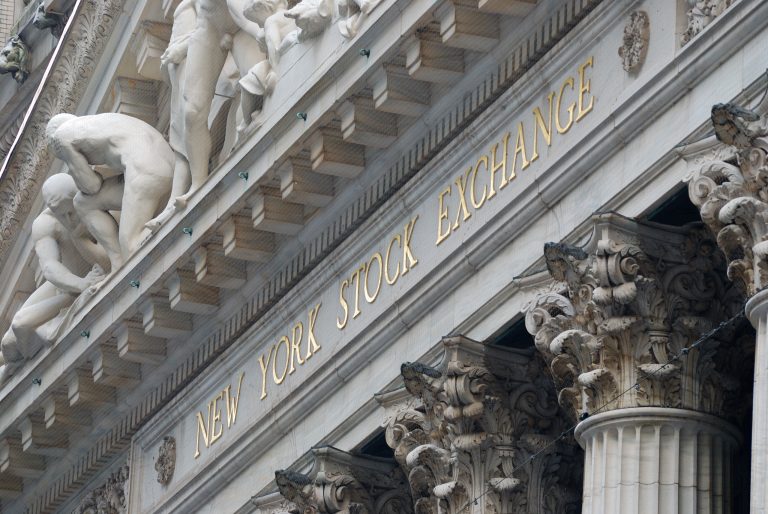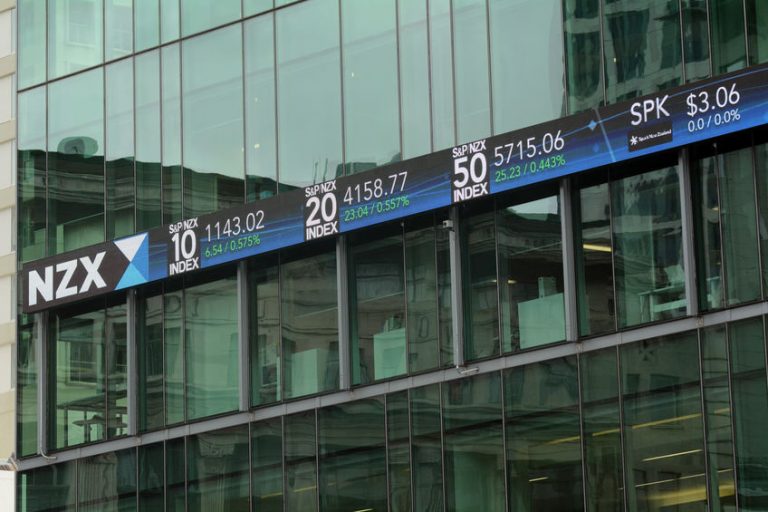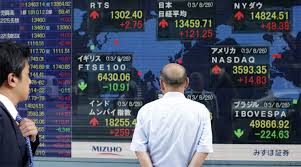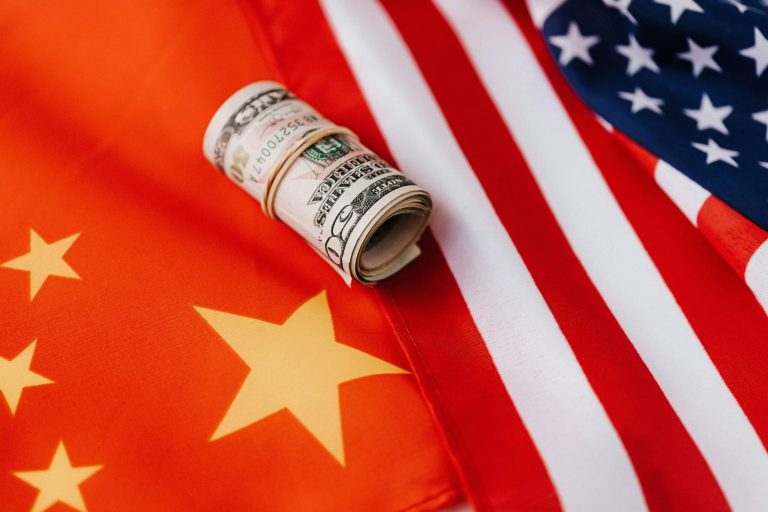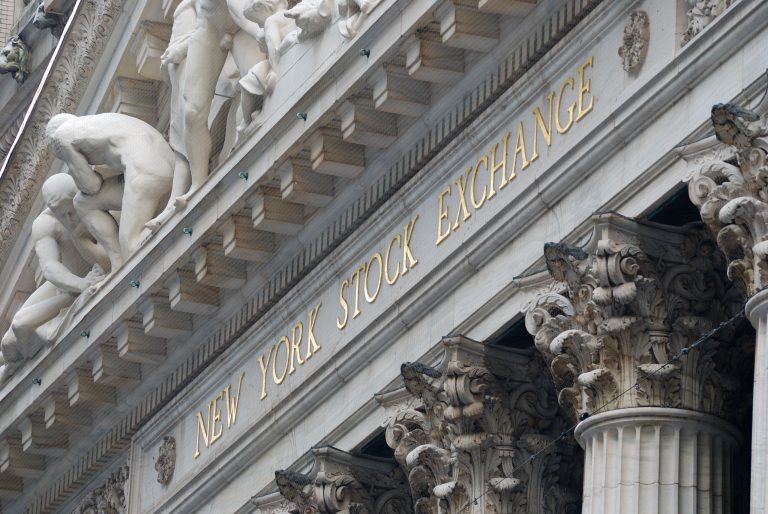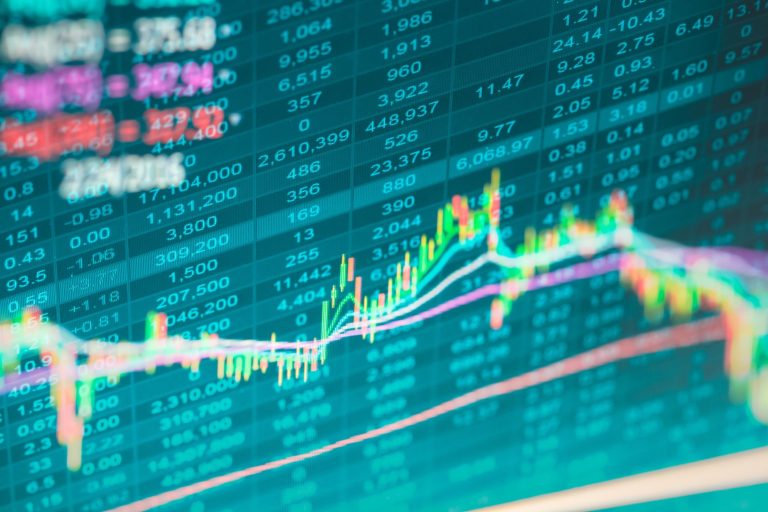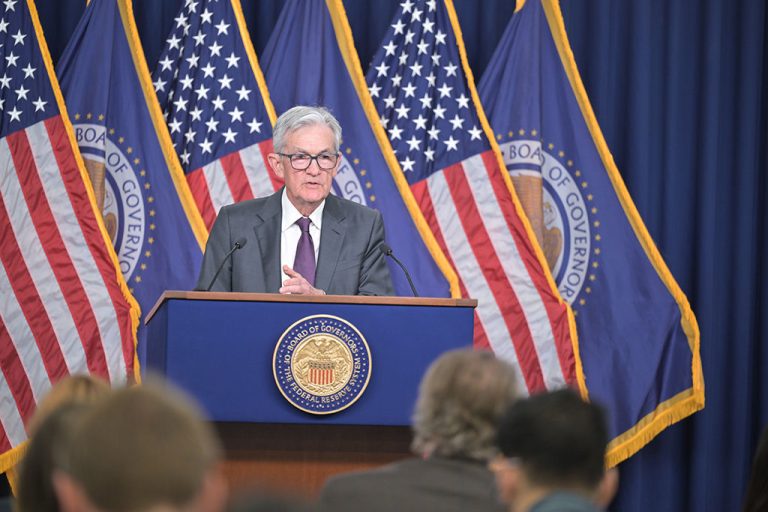Bitcoin and other altcoins bounced back on Tuesday as investors attempted to buy the dip after most of them dropped to their multi-month low. BTC price surged to $80,000, while the total market cap of all coins jumped by over 3.5%. Some of the top-performing tokens were JasmyCoin (JASMY), Pepe (PEPE), and Render (RNDR).
Why Jasmy, Pepe, and Render Token rose
Altcoins like Jasmy, Pepe and Render staged a strong comeback as investors bought the dip in the crypto and stock market. US stock index futures like the Dow Jones, S&P 500, and Nasdaq 100 rose by 600, 60, and 135 points, respectively.
The same trend happened in Asia, where the Nikkei 225 index jumped by over 5.4%, and the Nifty Index rose by 1%.
Similarly, the same trend is happening in the crypto market, where just a handful of tokens are in the red. Some of the top tokens that jumped by over 10% were the likes of Core, Hyperliquid, Helium, Maker, and Ethena.
These tokens and stocks jumped after Donald Trump hinted that he is comfortable to negotiate with countries that lower their tariff and non-tariff barriers. He said that Japanese officials were on their way to the US to reach a trade deal. Trump also said he was working on a deal with Israel.
Therefore, while the rhetoric with China has escalated, analysts believe that the two countries will ultimately reach a deal. A potential deal will see Beijing commit to more purchases of American goods in the future.
Crypto tokens like Render, Pepe, and Jasmy also jumped as investors raised the odds that the Federal Reserve would deliver more interest rate cuts this year. Goldman Sachs analysts have warned that the US will slump into a recession, pushing the Federal Reserve to deliver three rate cuts this year.
The bond market is also signaling that the Fed may opt to cut rates in the coming months. Data shows that the 10-year government bond yield dropped to 4.1% on Tuesday, down from the year-to-date high of 4.8%. Falling yields signal that the Fed will start to cut rates.
Only tokens in the Solana ecosystem had a good fundamental reason to rise. Janover, a small Wall Street company, announced that it would start investing in Solana and tokens in its ecosystem.
Beware of a dead cat bounce
As the Jasmy, Pepe, and Render tokens jumps, there is a risk that this rebound is a dead cat bounce or a bull trap.
A dead cat bounce is a situation where an asset in a downward trend rises as investors buy the dip and then resumes the downtrend. It happens as investors, especially retail traders attempt to time the market. In most cases, these dead cat bounces are usually brief and take only a few days.
Therefore, analysts recommend that crypto investors embrace caution when buying the dip. In a note to Invezz, an eToro analyst recommended that investors do dollar cost averaging (DCA) and focus on key moving averages. He said:
“Crypto investors should avoid timing the market. While some coins have bounced back overnight, they all remain in a bear market after falling by double digits from their highest levels this year. Therefore, traders should consider dollar cost averaging (DCA), where they buy the dip as the tokens drop. Also, take note of key moving average levels to confirm breakouts.”
These dead cat bounces have happened before and are highly popular during bear markets. Just recently, Bitcoin price crashed to $76,585 in February and then bounced back to $89,000. This turned out to be a multi-month dead cat bounce as the token resumed its downtrend after that.
The post As Jasmy, Pepe, and Render prices rise, beware of a dead cat bounce appeared first on Invezz



